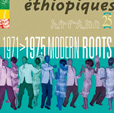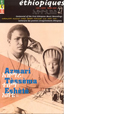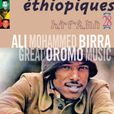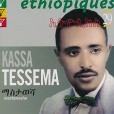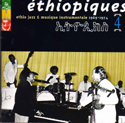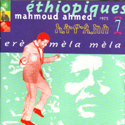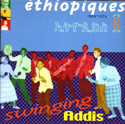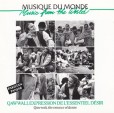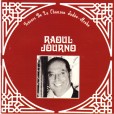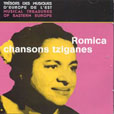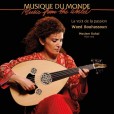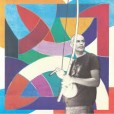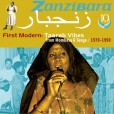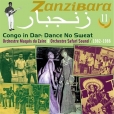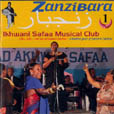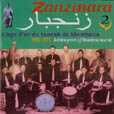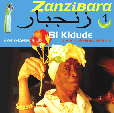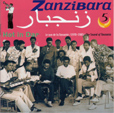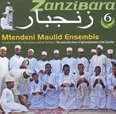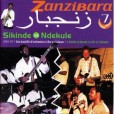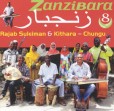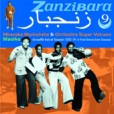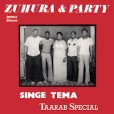Your basket is empty

The great singer in rambunctious, rootsy and jazzy recordings from 1972-4.
Precious relics from Berlin, 1908. UNESCO has stumped up for a lavish presentation, with fine notes and translations; but surely the fly in the ointment is the difficulty of actually listening through the music.
The Imperial Bodyguard Band singer, who tuned his guitar like an oud. Oromo reasoning about love, existence and resistance, with a tasty Arab twang. Mississippi presented him on vinyl recently.
Bluesily poetic baritone singing in the great post-war tradition of Assèfa Abatè, Fréw Haylou, Asnaqètch Wèrqu, Kètèma Mèkonnen and co. Lovely.
Presenting the musical giant, keyboardist Mulatu Astake — that’s him on the sleeve with Duke Ellington.
Collects Ahmed’s 1975 recordings for the Kaifa label, including the LP Ere Mela Mela released in Europe by Crammed Discs, back in 1986.
Soul, rhythm and blues, even the Twist re-articulated in Addis Ababa.
A follower of the celebrated Cheikh El Afrite, young Raoul taught himself oud, and sang solo for his local synagogue choir — also drawing inspiration from the munchid singing of Sulamia, the largest Sufi brotherhood in Tunisia. In 1934, aged twenty-three, his first album was a smash. Maghreb audiences revered him for his fidelity to his own national traditions, undistracted by more fashionable Lebanese and Egyptian styles.
Ya Samra hymns a prettily-tattooed, blushing, date-flavoured brunette; in Aala Khadek the dirty rascal fancies himself to be a bee, closing in on the delicious nectar secreted in the beauty spot of his beloved.
The spell-binding Romanian gypsy singer, accompanied by cembalo, violin and accordion.
Lovely new recordings of maloya music, from Reunion, in the Indian Ocean.
Heartfelt singing amidst bustling, organic percussion, featuring kayanm shakers and berimbau-style bobre, with a pendulous bottom end.
Swahili music from the eastern coast of Africa — Lamu, Mombasa, Tanga, Dar es Salaam, Zanzibar and the Comoros. Archival in amongst contemporary recordings.
Spicy, deep, sensual Arab, Black and Asian styles, lipsmackingly mixed together in classic Taarab — when electric guitars, bass guitars, organs and kit drums kicked orchestral instruments out of bed.
‘Little Thing’ began her singing career in the 1920s. This spans the last twenty years, with illustrious ensembles like the Culture Music Club and the Zanzibar Taarab All Stars.
Cream-of-the-crop, fabulous, firing dance music from Dar es-Salaam, rocking between shimmering, swinging guitars and delirious, riffing horns. Check the rest of the series, especially Volume 2.
A form of Sufi music with its roots in the ancient Arab world, surviving only in Zanzibar: slowly building in intensity, with songs and poetry, and passages for dancing, featuring a wide range of percussion.
Deep taarab from 1982.
Zuhura and co came through the Mombasa scene of the 1970s, with a more uptempo musical style, and with Zuhura turning away from the usual Bollywood influences towards traditional Swahili poetry, for her direct, feminist lyrics.
